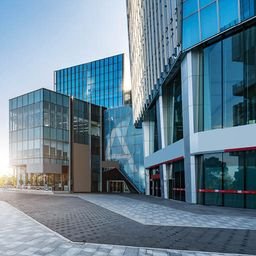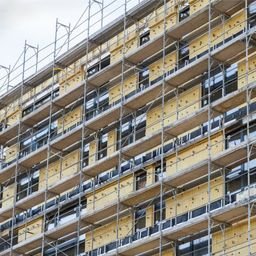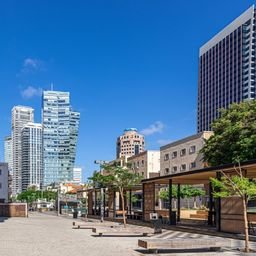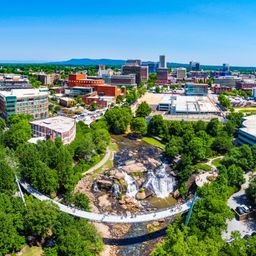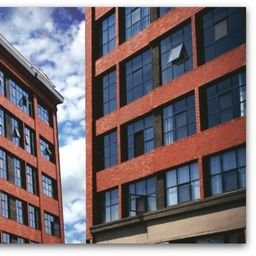Viewpoints
Industry insights, market outlook reports and commercial real estate
news, and trends from the Coldwell
Banker Commercial brand.
Navigating the REO Process: Lessons and Shifts in Real Estate Dynamics
Understanding the evolution of this process and the perspectives of banks towards these properties provides invaluable insights into the current real estate landscape and opportunities for investors.
Are Office Distress Opportunities Around the Corner?
Although opportunities to acquire distressed CRE have been few and far between thus far, conditions may lead to a significant uptick in the sale of troubled office assets in the coming years. It’s long due, as industry observers have been anticipating a wave of distressed office listings since the pandemic’s onset first unsettled the office market.
A Distressed CRE Market that Never Happened
Expected CRE market distress never materialized; insights on resilient property assets.
Gentrification: The Good, the Bad, and Its Impact on Real Estate Markets
Gentrification is a controversial topic in many markets in the U.S. because it can significantly impact specific areas and residents in those communities. According to Million Acres, some of the poorest and most distressed urban neighborhoods across the country have experienced revitalization via gentrification and redevelopment.
3 Things Savvy Investors Should Know About Opportunity Zones
The Tax Cuts and Jobs Act, TCJA, is heralded for its unique ability to funnel billions of dollars into these struggling low-income communities. However, some question whether this program will add or detract value to the community in the long run.
Rails to Trails: Summer Fun and Community Development Engine
It wasn’t until 1998 that the railroad was purchased by Upstate Forever, a local nonprofit who launched a campaign for public acquisition of the line to convert it to a trail. Now a 22-mile multiuse greenway, the Swamp Rabbit Trail system stretches from north of Traveler’s Rest through Greenville.
Opportunity Zones: 3 Trends to Watch
This program, which focuses on certain low-income communities known as Opportunity Zones, is designed to help spur economic development and growth in otherwise distressed areas by enabling savvy real estate investors to delay taxation on capital gains until December 31, 2026.
10 Popular CRE Terms You Should Know
Every industry has its own lingo, but there are some fields that really have a lot of jargon – and commercial real estate is definitely one of those fields. If you don’t have a background in CRE or CRE experience, it’s easy to feel overwhelmed.
3 Ways Blockchain Is Impacting CRE
It has been said that it is only a matter of time before blockchain, the proprietary technology that supports cryptocurrencies such as Bitcoin, will begin to infiltrate industries worldwide. Believe it or not, even historically traditional industries are not immune to the disruption – commercial real estate included.
Industrial Rehabilitation Helps Economies Thrive
Recent years have seen a boost in repurposing projects for underutilized industrial properties around the country. This has positive effects on areas that had become urban “dead zones,” breathing new life into disused neighborhoods.
